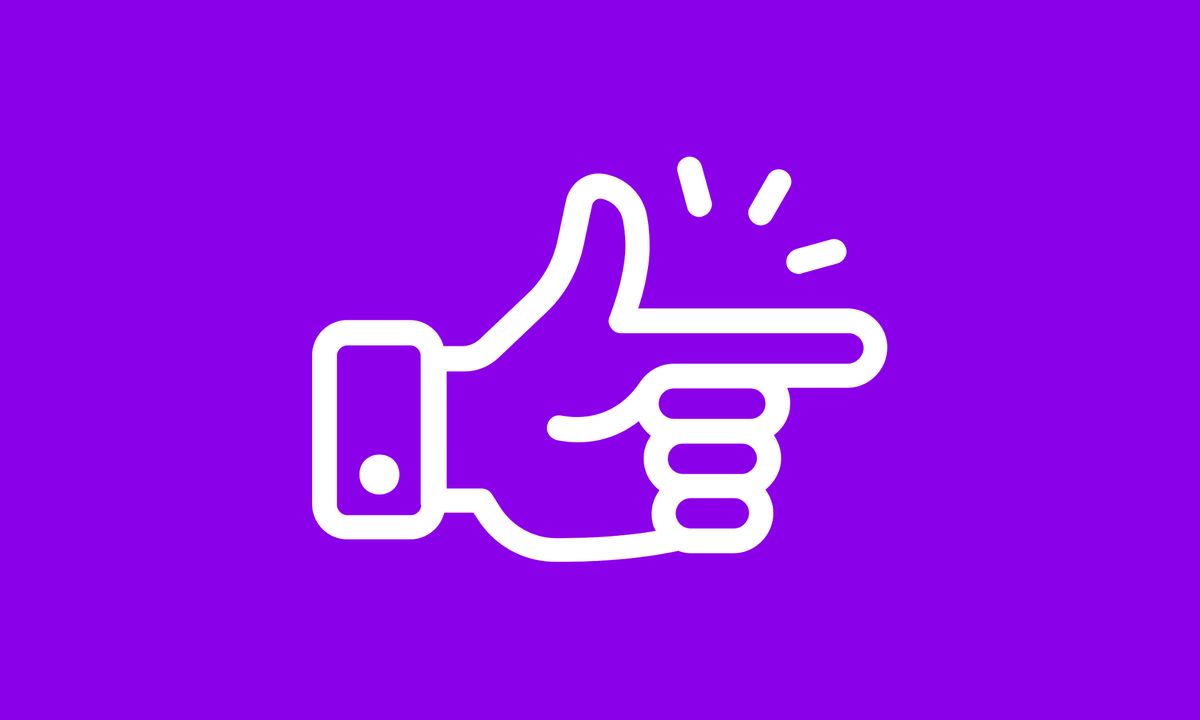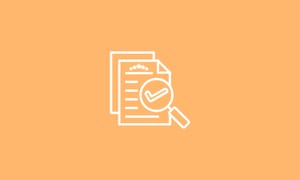If you’re a business owner, there is a good chance you’re looking for ways to generate leads and guide people to your product or service—and landing pages can do just that. By offering people a special deal or promotion in exchange for their contact information, your landing page will help you build your customer base.
When it comes to landing pages, there are several types that serve very different purposes. Lead-generation landing pages function to collect contact information so that you can send them email promotions and newsletters. While click-through landing pages lead customers through an ad to your webpage and the call to action.
Squeeze pages have the sole purpose of collecting information from customers, usually email addresses, and these pages contain limited text. Sales pages pop-up and convince customers to purchase your service or product and require written copy that can coerce them to complete their transaction. Other types like splash pages, viral landing pages, and microsites will help your company generate leads, ultimately increasing sales revenue.
But in case your pages aren’t providing the results that you were hoping for, I’ve compiled six easy ways to increase your landing page conversion rate.
Craft headlines that play to the customer’s emotions
More often than not, customers make purchases based on emotion instead of rationality. Think about how many times you’ve bought an item that you didn’t need because you felt that you needed it.
Make sure that the headlines on your landing pages are concise, straight to the point but also play on emotion by using words that suggest safety, belonging, happiness, or feeling attractive. If you want to increase conversions through the use of emotion in headlines and copy, sell the experience and not the product. Through storytelling and persuasive writing, you can actually convince potential customers that your product will improve their life.
Remove any distractions
It can be easy to get carried away with images, videos, and text on landing pages. However, your potential customer might not have the attention span or time to carefully read through everything. Instead of filling the page with information, keep it simple with direct CTAs (call to actions) and simple personal information forms. If you only need the customer’s name and email to send your weekly newsletter, avoid asking for their age, gender, and city—this information can be gathered on your own time through Google Analytics.
Decrease the time it takes for your landing pages to load
Your potential customer likely has a to-do list the length of a CVS receipt so ensure that your landing pages load as quickly as possible. If your pages are lagging, the customer will disengage with the content or product, decreasing the chance that they follow through with the purchase or give you their contact information.
Pages should always load within a few seconds and improving the speed that it loads will also help search engine optimization (SEO).
Understand who is engaging with the landing page
Before creating the landing pages for your company, take the time to reflect on who will be interacting with the pages. Also, think about what kind of content and images would appeal to them. This strategic targeting will increase the landing page conversion rate as you’ve tapped into what your customer likes and needs.
If you have multiple landing pages, each targeting different demographics, it’s wise to tailor the tone and copy to suit their interests and appeal to the various groups.
Introduce the live chat feature on the landing page
Implementing the live chat function on your landing page will improve the experience for the customer. Through the live chat tool, customers can contact you directly with questions and foster a friendly connection between them and the person behind the chat function. If a customer feels satisfied with the chat interaction, they will likely continue exploring your company’s website, increasing your landing page conversions.
Run A/B tests
Testing two different landing pages, featuring unique information and CTAs, with potential customers and then comparing their performance will help you gain a better understanding of what customers best respond to. This is a great way to find out what types of CTAs are more effective.
A/B testing should be completely random and will provide you with insight on what works—and what doesn’t work—for your landing pages and desired customer base. If you’re wanting to improve the conversions on emails, social media posts, and web ads, the same type of testing can be applied.






